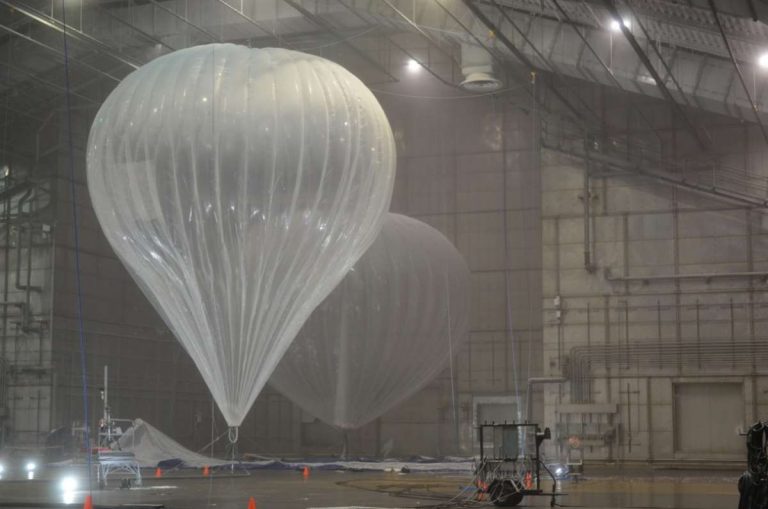We all know about the first Google’s Project Loon back in 2013, which consists of a network of high-flying balloons designed to transmit cellular phone signals and deliver Internet to the two-thirds of the Earth that lacks a connection.
Well, now again the Google and Sri Lanka announced a partnership to bring high-speed Internet access to every corner of the 25,332 square-mile country with an affordable price. Neither the Sri Lankan government or Google has set a concrete timetable, but foreign minister Mangala Samaraweera made mention of the country being covered in “a few months.”
Case study:
Loon’s latest iteration is called the Nighthawk, a collaboration between the Loon team and aerospace designer Raven Aerostar. Google says they’re hopeful this is the design that will be put into the field, according to a Google Plus post detailing progress with the project.
The Nighthawks will be outfitted with LTE antennas to send data to mobile phones, and capable of transmission from balloon to balloon and to telecommunication stations on the ground. The balloons are slated to stay in the air for 100 days at a time.
The signals beamed to Earth from each balloon will cover a 25-mile-diameter area. The entire Sri Lankan island — every village from (southern) Dondra to (northern) Point Pedro – will be covered.
Additionally, the country notes that Silicon Valley investor and Golden State Warriors part-owner Chamath Palihapitya, helped their cause greatly by getting involved. It’s good to see entrepreneurs use their connections for good in a case like this
For Google, getting remote populations online is good for business. The more people connected to the Internet, the more people are likely to use the company’s services, including Gmail, search and its YouTube video site. The race to bring rural regions online has captivated Silicon Valley, with other high-profile companies — from Facebook to SpaceX — gunning spread connectivity using everything from satellites to drones.

